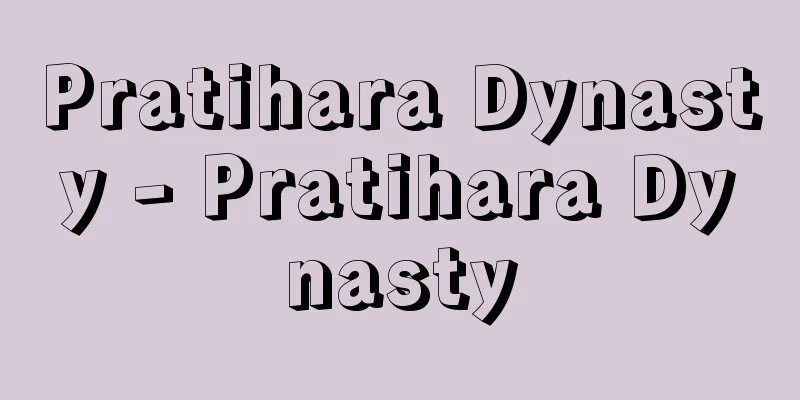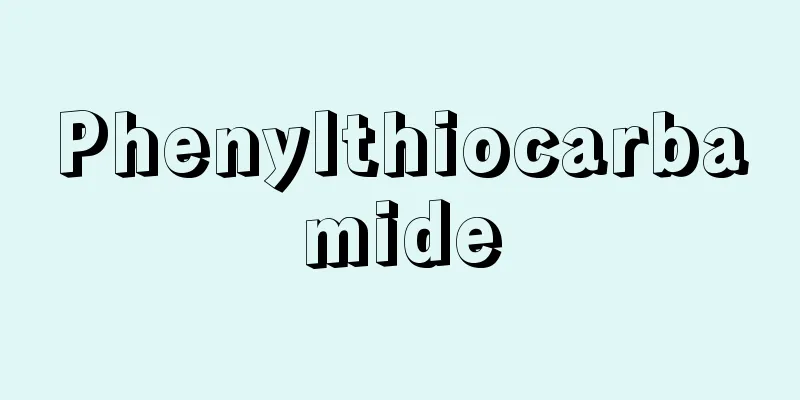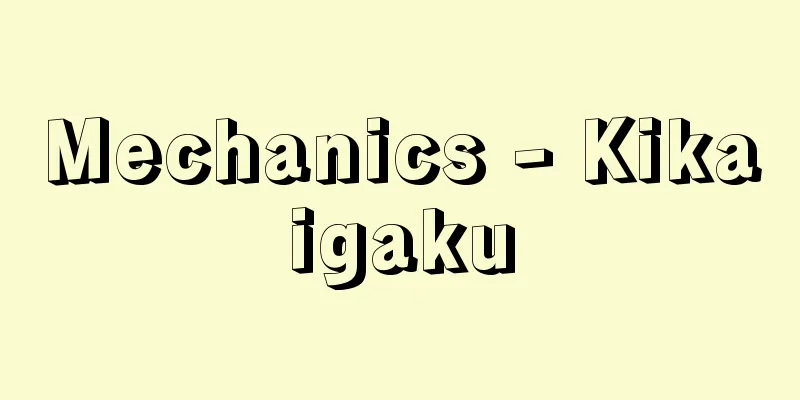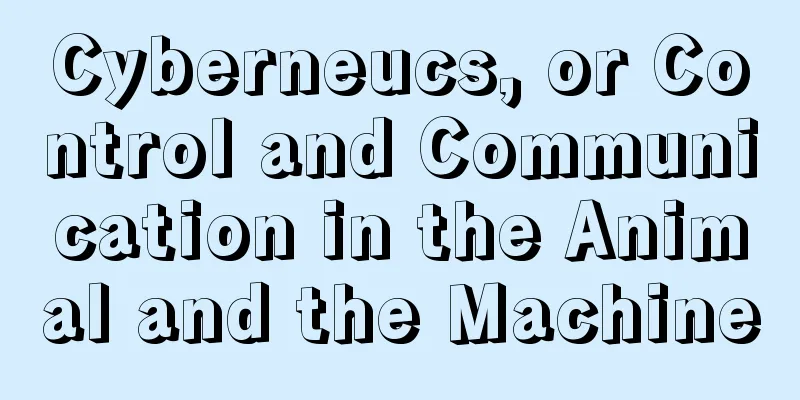Modality (English spelling)

|
A concept that expresses the way in which things or events exist or occur. Generally, it is almost the same as mode. Basic concepts of modality include modality of being (universal, particular), modality of truth (necessary, possible), modality of normativity (obligatory, permissive), modality of cognition (known, not known), and modality of time (present, past, future). In particular, modality of truth is also called logical modality, and has been the subject of modal logic since Aristotle's Preface to the Analytic. Kant considered modality to be one of the categories along with quantity, quality, and relation, but unlike the other categories, he thought that modality does not relate to the determination of objects, but merely expresses a relationship to the cognition faculty. In contrast, Hegel considered modality to express the essential determination of objective existence. This opposition has been carried over to modern times in the distinction between two interpretations of the concept of modality, namely, the modality of statement (de dicto), which applies to propositions, and the modality of event (de re), which applies to the attributes of things. Furthermore, since Kripke introduced the possible worlds model into the interpretation of modal logic, the concept of modality has become one of the central issues in contemporary philosophy. [Noya Keiichi] "Introduction to Modal Logic" by G. E. Hughes and M. J. Creswell, translated by Satoshi Miura et al. (1981, Koseisha Kouseikaku)" ▽ "The Logic of Modality" by Taneomi Uchida (1978, Waseda University Press) [Reference] |Source: Shogakukan Encyclopedia Nipponica About Encyclopedia Nipponica Information | Legend |
|
事物やできごとが存在ないしは生起する仕方を表す概念。一般にあり方、様態にほぼ同じ。基本的な様相概念には、存在様相(全称、特称)、真理様相(必然的、可能的)、規範様相(義務的、許可的)、認識様相(知られている、いない)、時間様相(現在、過去、未来)などがある。とくに真理様相は論理的様相ともよばれ、アリストテレスの『分析論前書』以来、様相論理学の対象となってきた。カントは様相を量、質、関係と並ぶカテゴリーの一つとみなしたが、他のカテゴリーとは違い、様相は対象の規定にかかわるものではなく、認識能力に対する関係を表現するものにすぎないと考えた。それに対してヘーゲルは、様相を客観的存在の本質規定を表すものととらえた。この対立は現代では、様相概念の二つの解釈、すなわち様相を命題に適用されるものとする言表様相de dictoと事物の属性に適用されるとする事象様相de reの区別に引き継がれている。また様相論理学の解釈にクリプキが可能世界モデルを導入して以来、様相概念は現代哲学の中心問題の一つとなっている。 [野家啓一] 『G・E・ヒューズ、M・J・クレスウェル著、三浦聰他訳『様相論理入門』(1981・恒星社厚生閣)』▽『内田種臣著『様相の論理』(1978・早稲田大学出版部)』 [参照項目] |出典 小学館 日本大百科全書(ニッポニカ)日本大百科全書(ニッポニカ)について 情報 | 凡例 |
Recommend
GPU
It is a semiconductor dedicated to generating imag...
Kamogawa Dance - Kamogawa Dance
A dance performance by the geisha ensemble of Pont...
Clothing rack - squid
〘Noun〙 = Iko (clothing rack) ※Utsubo (around 970-9...
Gideons International
…Recently, a common translation of the Bible that...
Catarrhal inflammation
…Eczema (2)Fibrinous inflammation A condition acc...
Osh (English spelling)
Osh is the capital of Osh Province in southwest Ky...
Drakensberg [mountain range] - Drakensberg
A mountain range that runs northeast to southwest ...
Kanto
[1] (meaning east of the checkpoint) [1] Since the...
Red-streaked Owl - Red-streaked Owl
…There are 13 known species of the Araeosoma genu...
Iroha Island
...Agriculture is centered on rice cultivation, w...
Naniwateikomakichi - Naniwateikomakichi
A rakugo performer. His real name was Sakurai Kom...
Reformation Banquets (English: Banquets réformistes) (French)
A rally calling for the reform of the electoral l...
Carlson, OB - Carlson
…An explosive whose main ingredient is ammonium p...
Expiration of period - Kikanmanryo
...refers to the length of time (limited time) fr...
docking
The meeting of two or more artificial satellites o...








![Kurikoma [town] - Kurikoma](/upload/images/67cb6f1463cde.webp)
